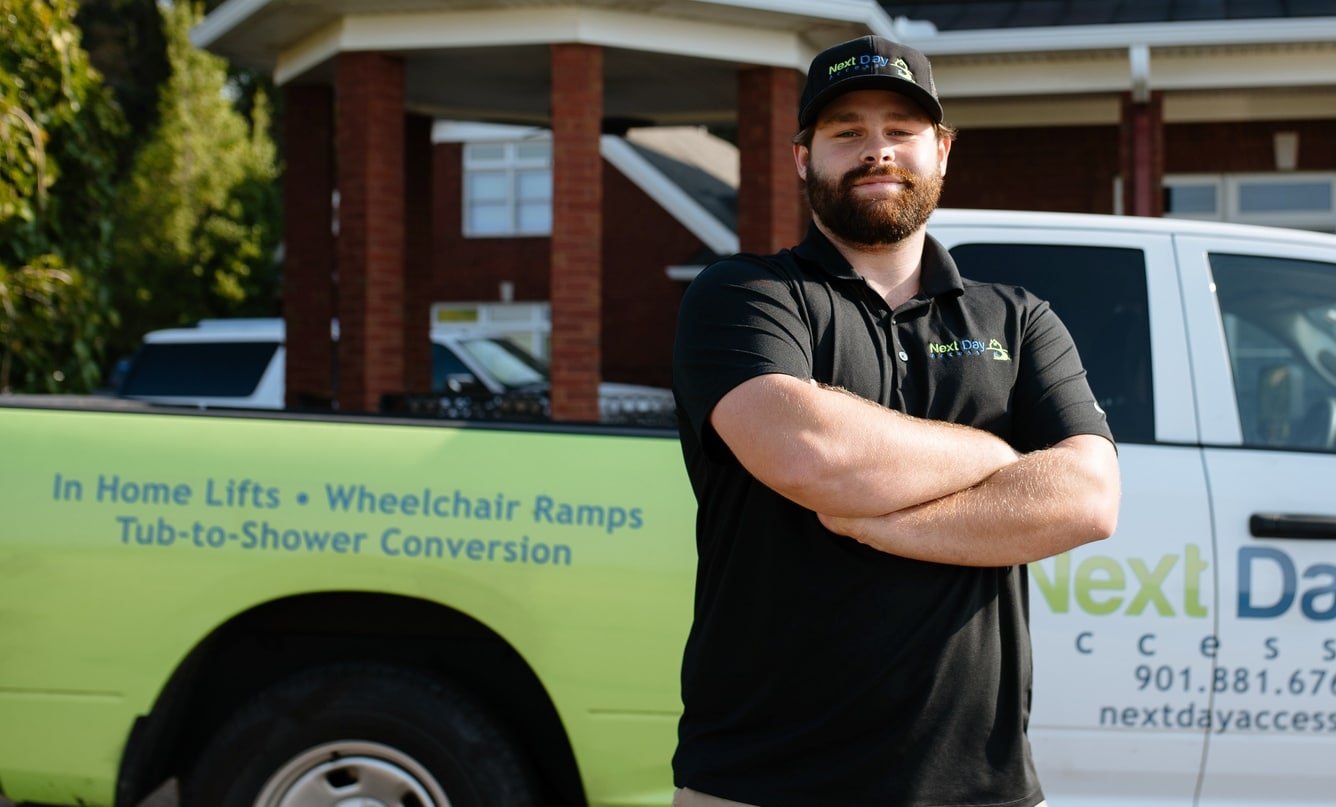
Many people have either had a stroke or have had a loved one suffer from a stroke. In fact, nearly 800,000 Americans each year have some form of a stroke. That being said, it can be difficult for the afflicted, as well as their caregivers, to resume life afterward. In honor of National Stroke Awareness Month, we have compiled a few ways that you can find your new normal after suffering from a stroke.
Think of stroke recovery as consisting of 3 parts: physical, emotional and cognitive recovery.
Physical recovery is often the most talked about part of recovery. Stroke sufferers can have a wide range of physical issues because strokes can happen in various parts of the brain. Some of the more common physical issues are weakness, paralysis and tingling sensations in the limbs.
-Hemiparesis, or muscle weakness, is a treatable side effect of a stroke. Utilizing both a physical and occupational therapist can drastically improve your odds of regaining function to the weakened parts of your body.
-Tingling sensations are also quite common and tend to fade with time. Many people equate this feeling to when your foot or hand “falls asleep”. This sensation can be a sign of nerve regeneration or simply an unknown side effect of a stroke. Working with a therapist can reduce the duration of the sensation.
-After a stroke, the messages sent from the brain to various parts of the body can become irrevocably damaged. Without these messages, you cannot control or move the affected areas. Some of these pathways will regenerate over time, however, many do not. It is important to always work with a doctor or therapist for your best chances at recovery.
Emotional recovery is the silent side effect of a stroke. Just as each person can be physically affected by a stroke differently, they can emotionally be affected differently as well. Depression and pseudobulbar affect are the more common post-stroke mental afflictions.
-Many people are familiar with depression but unfamiliar with it as a side effect of a stroke. Feelings of anger, frustration and anxiety are very common. The road to recovery can be slow and that can increase feelings of depression. If you or a loved one feels a sense of hopelessness or overwhelming anxiety, be sure to reach out to a doctor for help.
-Pseudobulbar affect (PBA) is a sudden outburst of crying or laughing. Because of the sudden crying, PBA can often be confused with depression. It is important to ask your healthcare provider for treatment options if you think that you may be affected by PBA.
Cognitive recovery is a recovery that takes place in the mind. From the process of thinking to knowing things, cognitive recovery can be one of the more frustrating aspects of post-stroke care.
-Aphasia, or difficulty speaking and understanding speech, is very common after a stroke. However, a full recovery is possible. Specific speech therapies have been shown to dramatically increase chances of completely regaining speech and speech recognition.
-Memory loss after a stroke is often due to loss of nerve cells in the brain. Although not always, memory can improve both spontaneously and over time. There are some brain “retraining” techniques that can help improve your thinking after a stroke as well as adapt to your loss of memory function.
Life after a stroke can be difficult for both the sufferer and their caregiver. From physical limitations to emotional and cognitive deficits, recovery can be a long road. This Stroke Awareness Month, Next Day Access wants you to know that you are not alone in your recovery. Your caregivers, therapists and doctors are all cheering for you today and every day!
Find the Right Accessibility Solution Fast
Reach out to a location near you today for a custom quote!
Contact Next Day Access today for reliable mobility solutions backed by responsive, expert installation. Enter your ZIP code or postal code to find a location near you and take the first step toward a safer, more accessible space.

Find the Right Accessibility Solution Fast
Reach out to a location near you today for a custom quote!
Contact Next Day Access today for reliable mobility solutions backed by responsive, expert installation. Enter your ZIP code or postal code to find a location near you and take the first step toward a safer, more accessible space.
